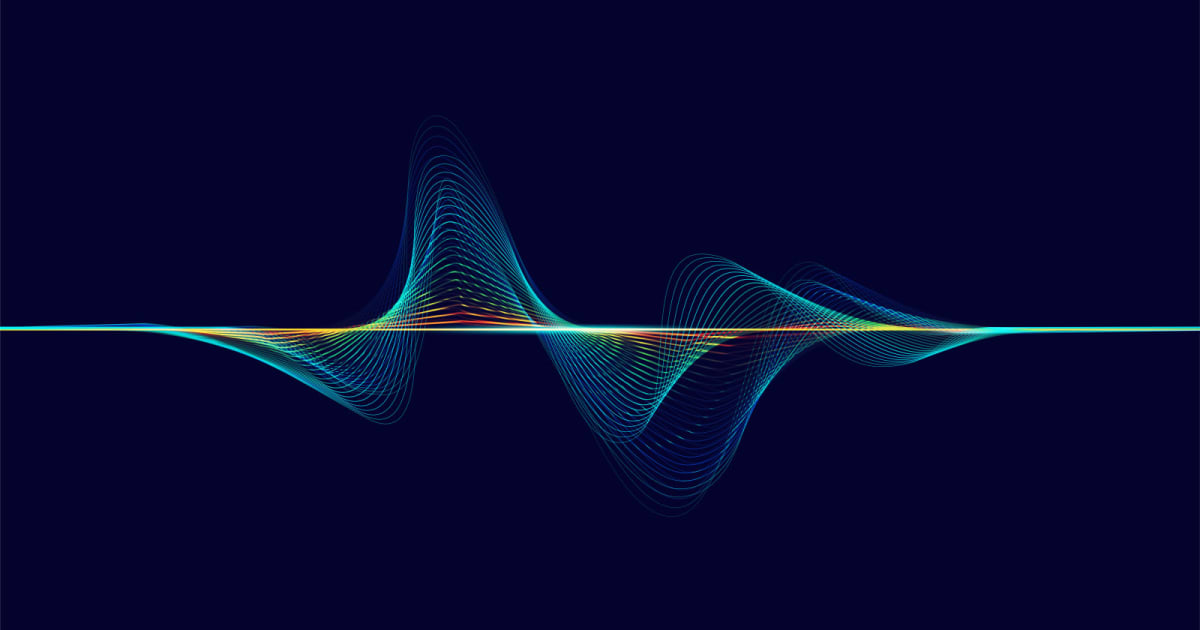Sony and Samsung resurrect ultra-wideband to improve location tracking - 3 minutes read
 Sony and Samsung resurrect ultra-wideband to improve location tracking
Sony and Samsung resurrect ultra-wideband to improve location trackingThe FiRa Consortium (the name stands for 'fine ranging') includes the likes of Samsung, Bosch, Sony and LitePoint, and they're all committed to growing the UWB ecosystem. Building on the existing IEEE standard 802.15.4/4z, which defines the characteristics for low-data-rate wireless connectivity, FiRa is working to set a new standard for the technology which, it says, could completely revolutionize everyday life.
UWB works by sending billions of pulses across a very wide spectrum of frequency, several GHz in bandwidth. The corresponding receiver then translates the pulses into data by listening for a familiar pulse sequence sent by the transmitter. Because modern UWB is restricted to ultralow power, there's very little interference with other wireless spectra -- it's also secure and highly accurate in terms of location detection.
In the 2000s, these benefits made UWB well-suited to military and medical applications. Now, thanks to the ever-burgeoning IoT, it's got wider uses. According to FiRa, UWB could be used to identify an individual's approach toward or away from a secured entrance and verify security credentials without their phone ever having to leave their pocket. It could make it easier to navigate large venues such as airports and shopping malls, or to find a car in a multi-story parking garage. It could even help you find a friend in a crowd.
The technology is still a fair way off from consumer use, but it's already being leveraged in enterprise -- and particularly by the automotive sector. Yongbum Park, vice president of the Telecommunications Technology Association, says, "Device-to-device fine ranging technology without additional equipment is very useful for home or industrial applications. We believe that FiRa technology will change our lives."
Source: Engadget
Powered by NewsAPI.org
Keywords:
Sony • Samsung • Ultra-wideband • Federation of International Robot-soccer Association • Samsung • Robert Bosch GmbH • Sony • Ultra-wideband • Ecosystem • Institute of Electrical and Electronics Engineers • Bit rate • Wireless network • Federation of International Robot-soccer Association • Ultra-wideband • Electromagnetic spectrum • Radio frequency • Hertz • Bandwidth (signal processing) • Radio receiver • Pulse (signal processing) • Data • Pulse sequence • Transmitter • Ultra-wideband • Electric power • Wireless • Electromagnetic spectrum • Accuracy and precision • Ultra-wideband • Internet of things • Federation of Indian Rationalist Associations • Ultra-wideband • Security • Shopping mall • Building • Multi-storey car park • Technology • Consumer • Business • Telecommunication • Professional association • Rugby Europe • Technology •